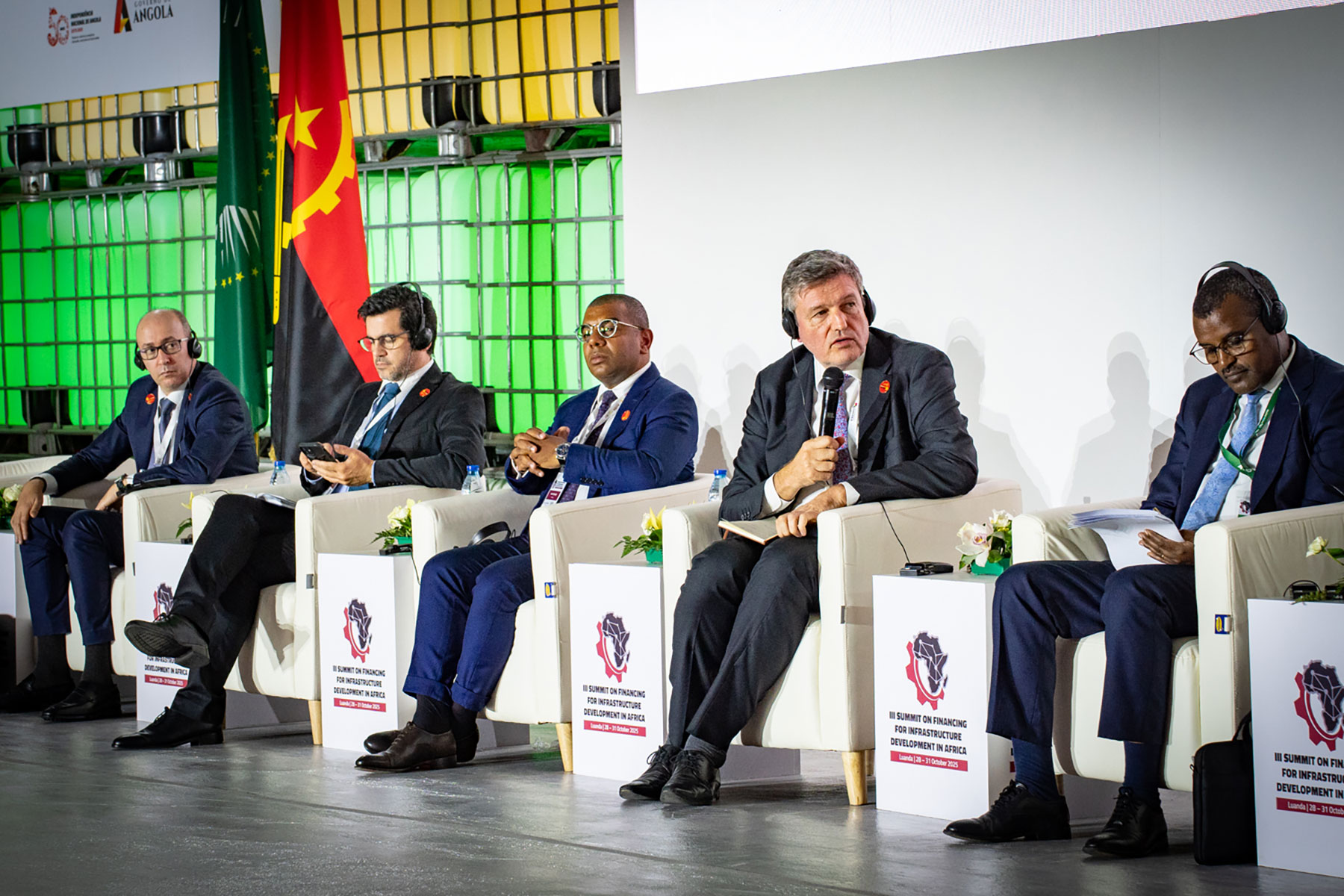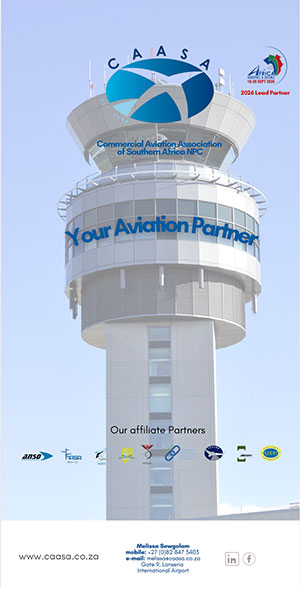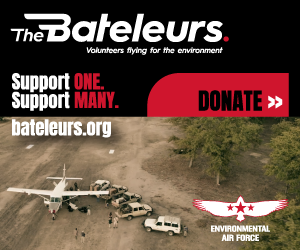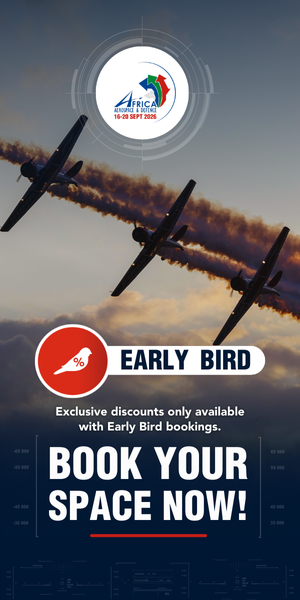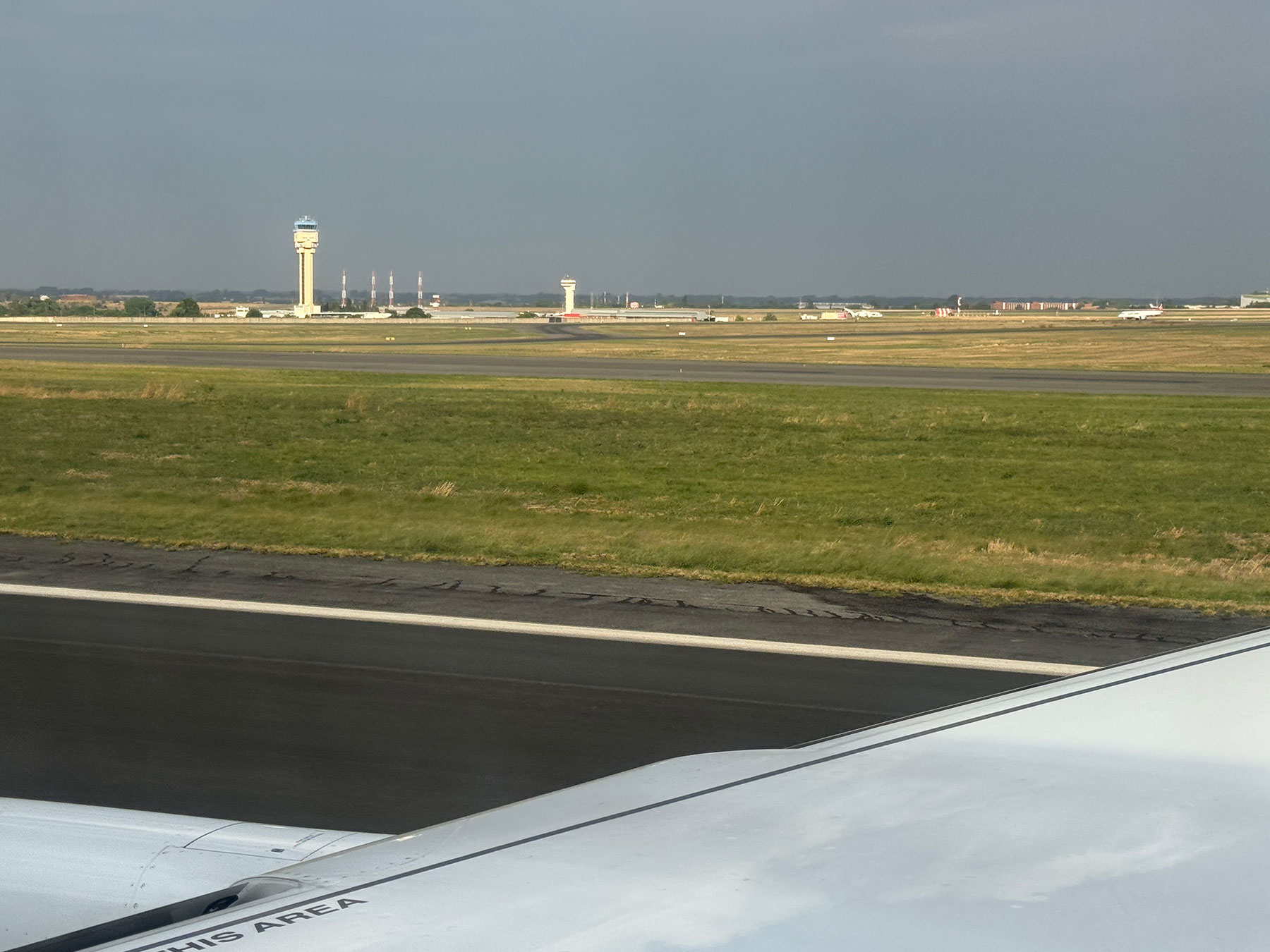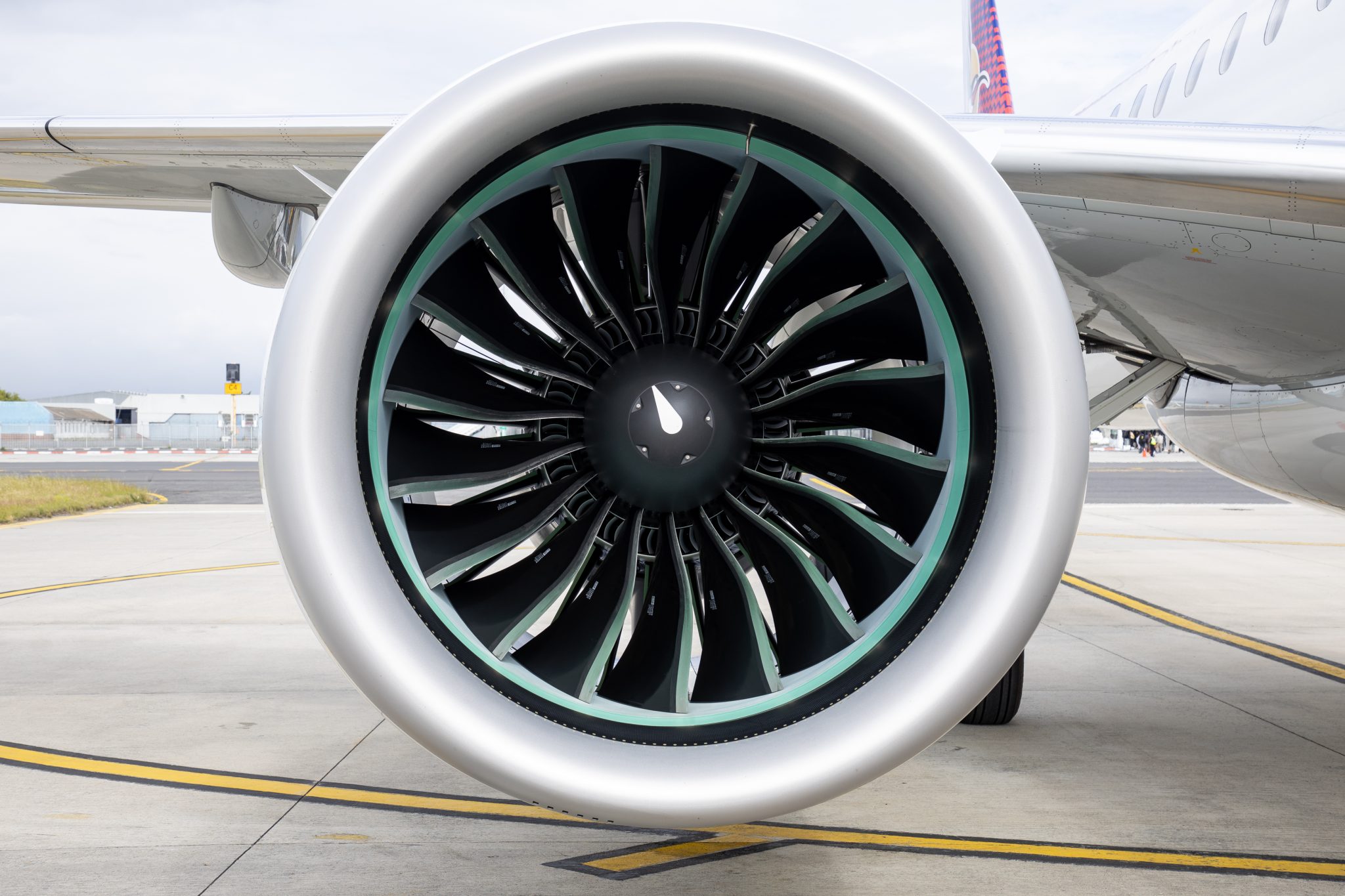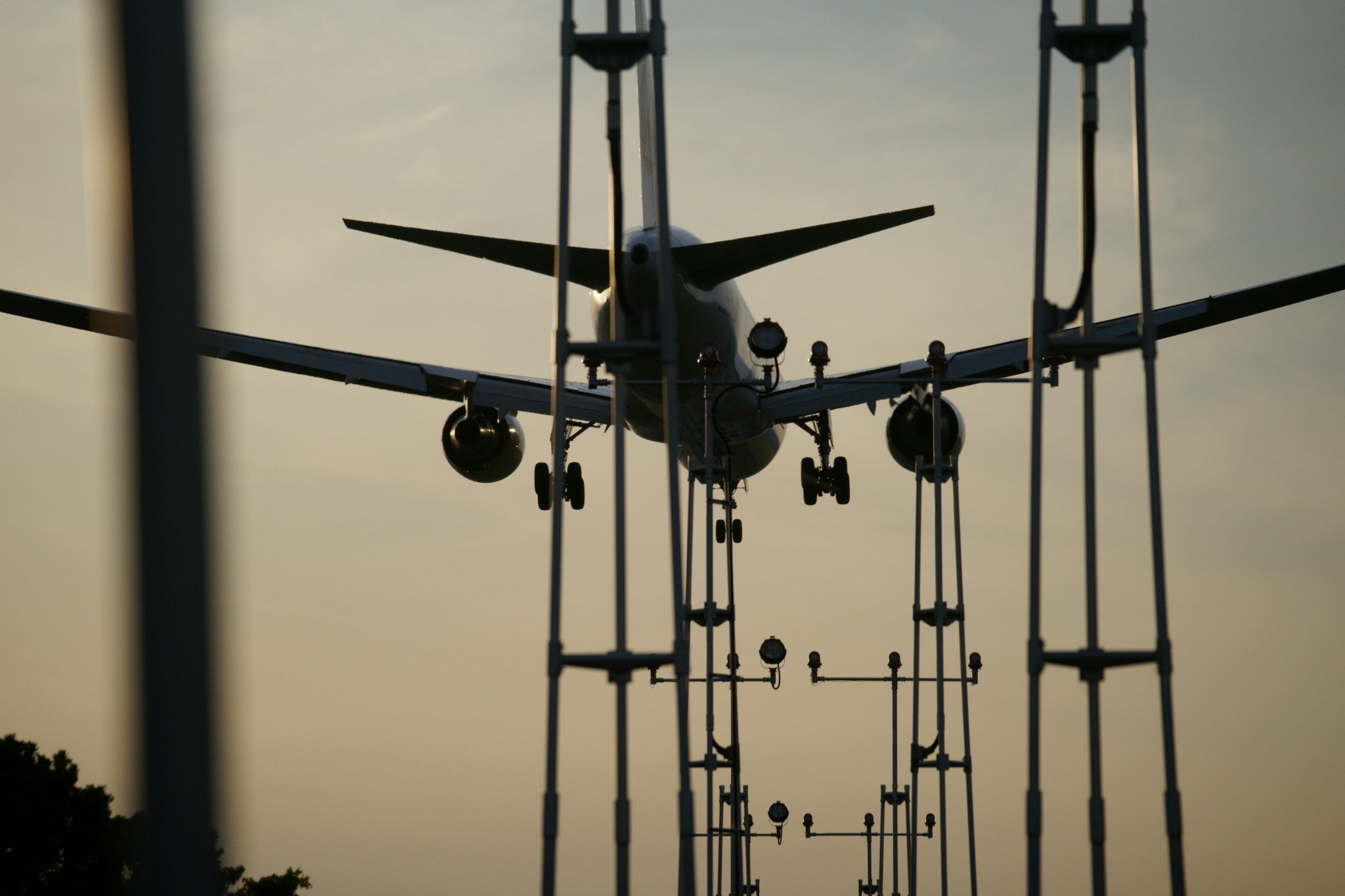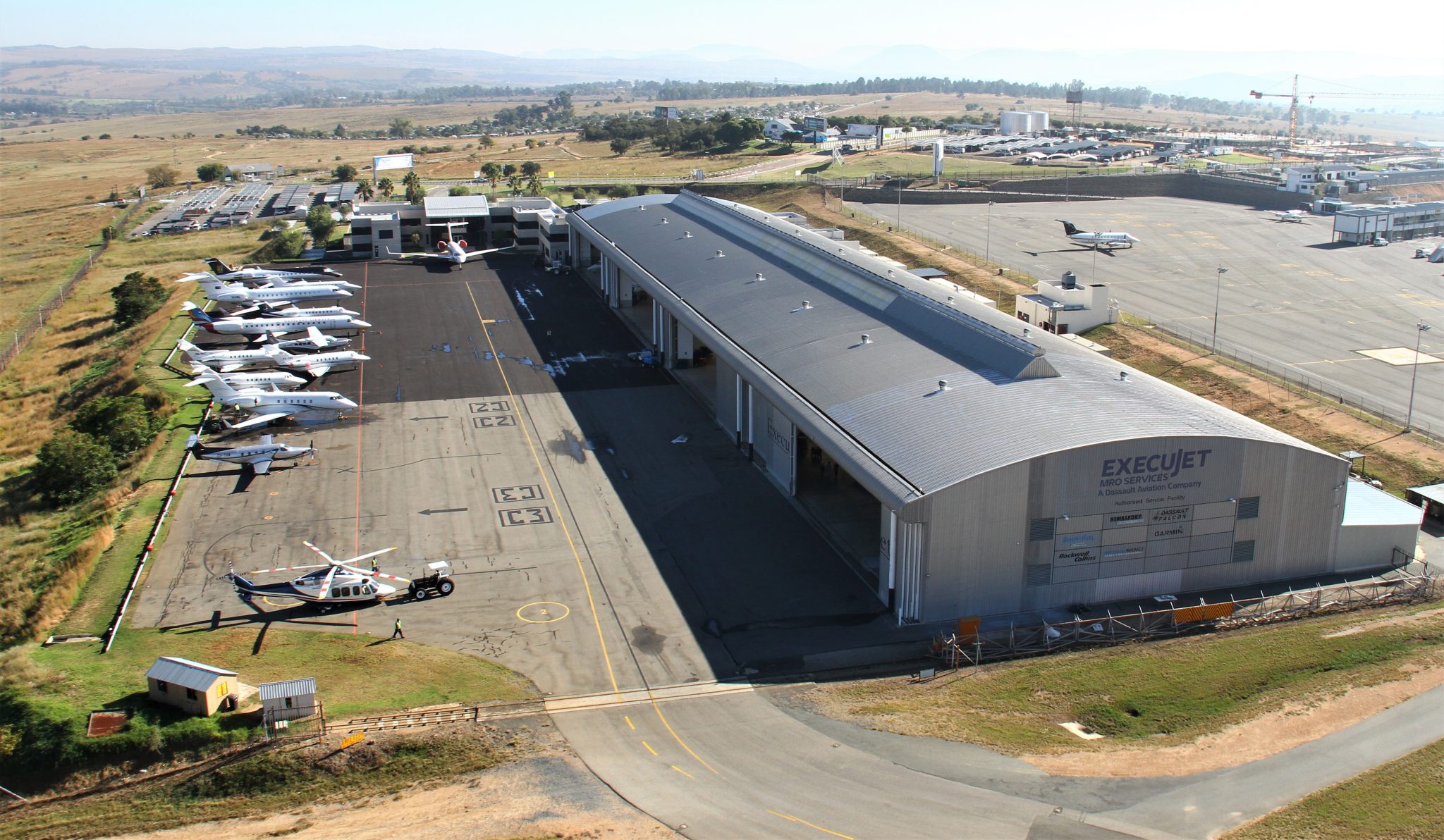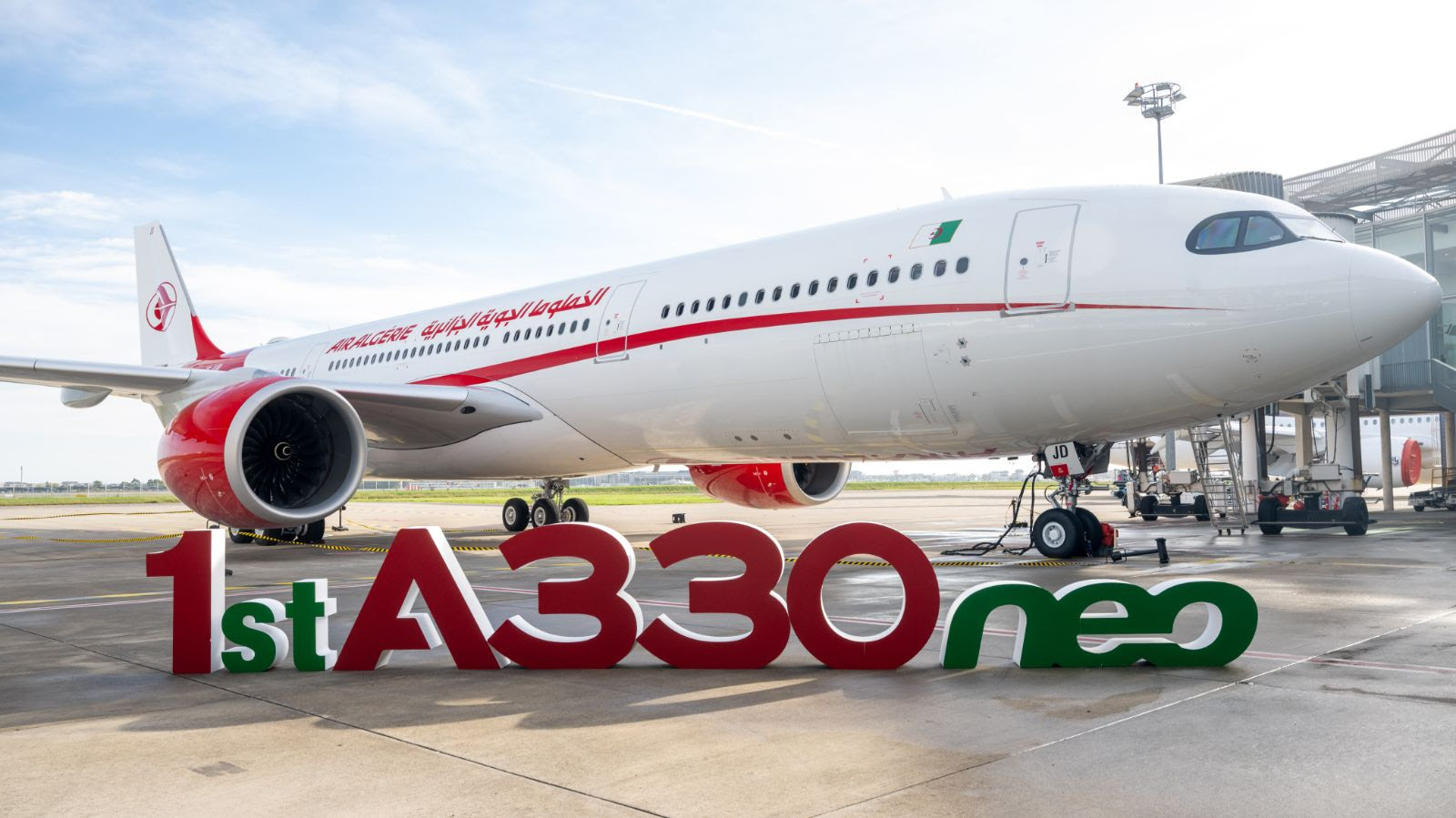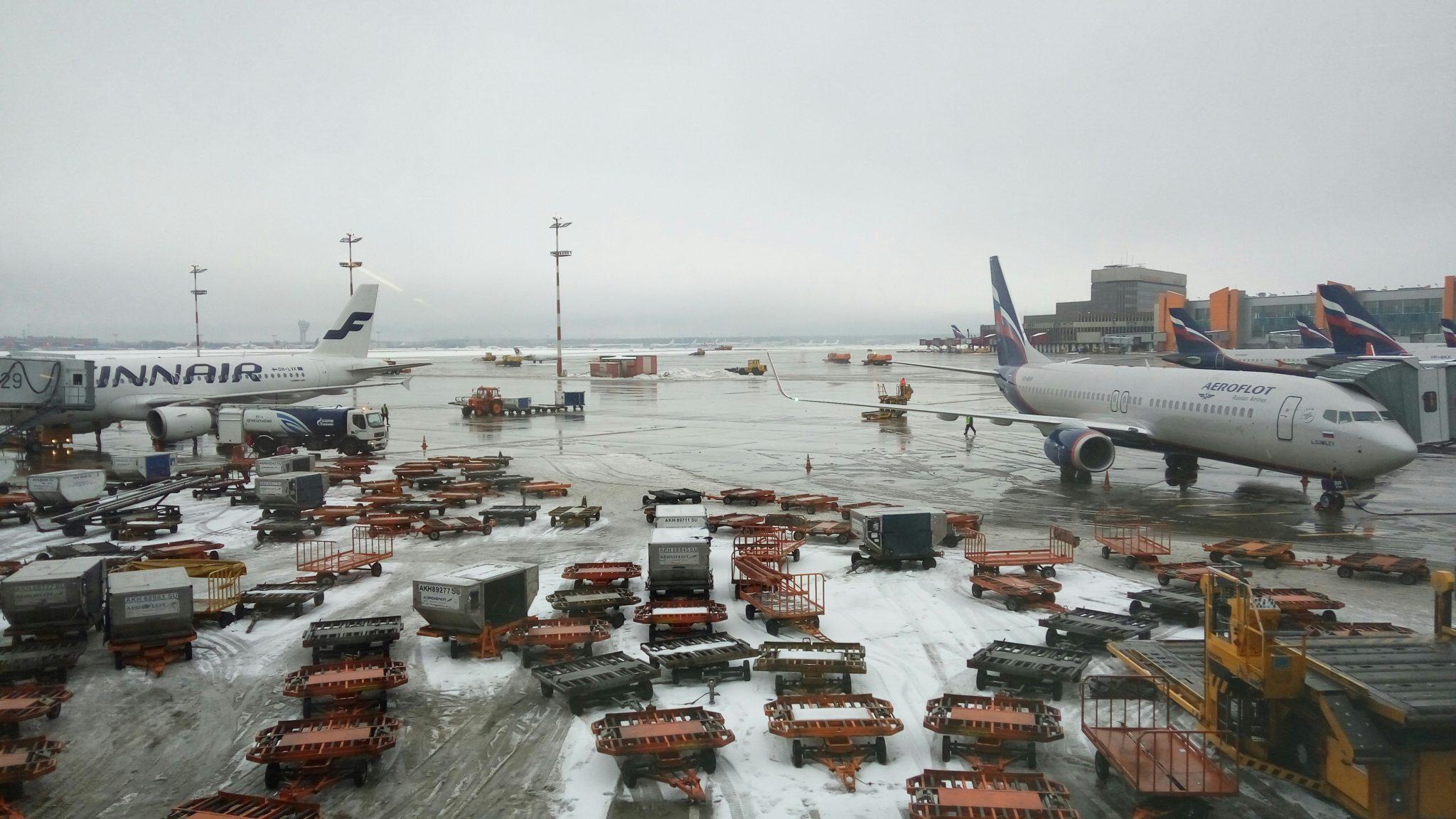Why it Matters
- The 2023 AUC–AFCAC–ICAO gap analysis provides a continent-wide roadmap, identifying 61 infrastructure gaps and quantifying a funding requirement that is modest at scale but transformational if addressed.
- Traditional country-level financing tools are insufficient for an integrated aviation market, highlighting the need for continental or sub-regional funding mechanisms that can support harmonised development aligned with SAATM and Agenda 2063.
- PPPs, along with the broader World Bank Group toolkit (IFC and MIGA), offer practical pathways to structure bankable airport and air navigation projects, as demonstrated in Rwanda and Cabo Verde.
- High taxes and charges remain a major barrier to airline growth, connectivity and competitiveness. Advancing AU-led tax and fee reforms is critical to unlocking investment and reducing operational costs.
- Improved air cargo and trade route analysis under AfCFTA supports better network planning, enabling airlines to align with real trade flows and strengthen intra-African economic integration.
- Structured annual reporting on tax reforms and infrastructure progress would increase transparency, strengthen accountability and ensure measurable action toward Africa’s aviation development goals.
At the Luanda Financing Summit for Africa’s Infrastructure Development, held from 28 to 31 October, the World Bank, represented by Jean-François Marteau, participated in the panel discussion on Financing and Modernising African Civil Aviation Infrastructure (SAATM).
During the session, panel moderator Eng. Eric Ntagengerwa, Head of Transport and Mobility Division, African Union Commission (AUC), drew attention to the joint Aviation Infrastructure Gap Analysis conducted in 2023 by the AUC, AFCAC and ICAO. The study identified 61 gaps across 41 African countries and has since evolved into a broader effort to advance bankable aviation projects.
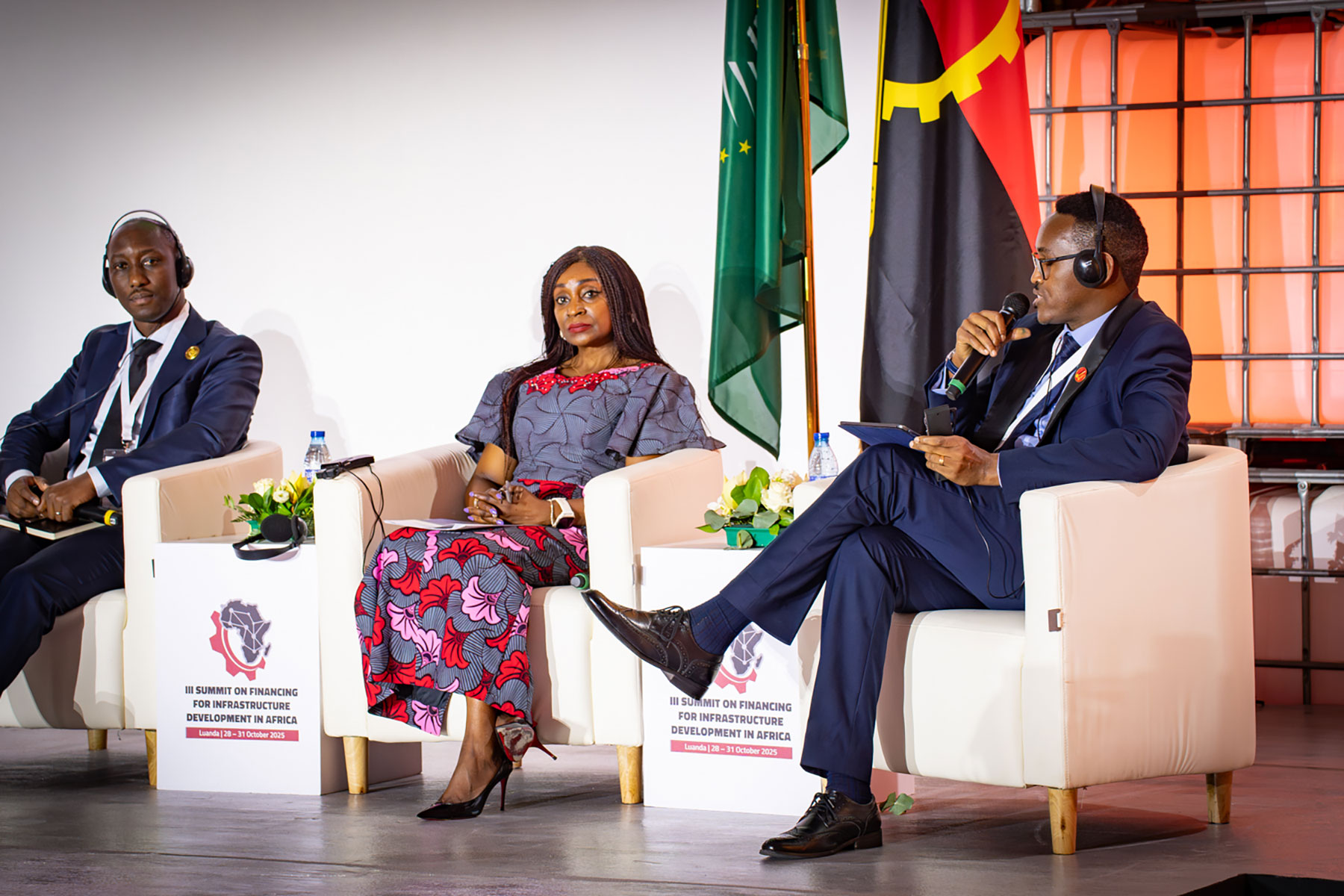
Against this background, he asked what the World Bank’s current priorities are in addressing Africa’s aviation infrastructure gaps, how these priorities align with Agenda 2063, and how multilateral development institutions can support African states in structuring viable PPPs for airports and air navigation services.
Aligning with SAATM and the Single Market
In his response, Marteau noted that the World Bank “aligns completely with the objective of the single market.” He recalled that the institution played a significant role in the establishment of the Yamoussoukro Decision and has consistently supported the development of the African air transport market. He characterised the 2023 gap analysis as “very relevant work” because it identified the scale of deficiencies and placed them in context. While the study revealed a substantial number of gaps, he emphasised that the overall financing requirement is not prohibitive: a few hundred million dollars. This amount is considerable for individual states but comparatively modest at continental scale.
Rethinking Financing Beyond Traditional Tools
Marteau highlighted a central limitation of traditional World Bank instruments: they are designed at country level. While suitable in many cases, they may not be the most effective approach for aviation infrastructure, which often spans regions and requires harmonised development across multiple states. He stressed the need to be “more creative” and to explore “other sources of financing, maybe even the industry,” noting that the scale of the funding need makes such an approach viable.
He suggested that a continental facility could offer a structured, centralised mechanism for closing the identified gaps. If a continental platform proves too complex, a sub-regional approach could still achieve coordinated outcomes. Given the amount at stake, he argued that thinking at these levels is not only appropriate but necessary.
PPPs, IFC and MIGA: A Broader Toolkit
On the question of PPPs, Marteau explained that airport operations and terminal extensions are “very easy to do on a PPP basis.” In countries that do not require a private operator, the World Bank can work alongside other parts of the World Bank Group, including IFC, to support aviation development. He noted that the Bank can also help facilitate commercial financing for aviation projects, recognising that World Bank resources must be balanced against competing national needs.
He pointed to existing examples across the continent. In Rwanda, MIGA, the World Bank’s insurance arm, helped bring commercial financing to the airport. IFC recently implemented the Cabo Verde airport concession. These cases illustrate how the World Bank Group’s commercial and advisory divisions can complement traditional public financing and help states structure viable, bankable projects.
Direct World Bank airport financing remains possible, particularly in island states, geographically large countries or regions with isolated communities. However, Marteau underscored that such lending competes with numerous other priorities and is not always straightforward.
High Taxes and Fees Remain a Major Barrier
A core point raised by Marteau concerned the tax and fee environment in African aviation. He acknowledged the work undertaken by the African Union and AFCAC on this topic and emphasised that charges in Africa remain among the highest globally. When investment programmes are launched, it is common for civil aviation authorities or airport operators to increase taxes further to recover costs. This makes aviation more expensive and restricts airline growth.
He identified this issue as “one of the biggest obstacles today” and stressed the importance of progressing the AU-led tax and fee reforms. The World Bank is ready to continue collaborating with states and the Union to ensure that reductions become a reality without undermining airport profitability.
Air Cargo, Trade Routes and the AfCFTA Framework
Ntangengerwa also highlighted ongoing collaboration with the World Bank on air cargo and trade route analysis. This continental study examines how goods move across Africa within the AfCFTA framework, enabling airlines to align their operations with key trade flows. The objective is to improve connectivity, strengthen trade facilitation and support the integrated economic vision underpinning AfCFTA and SAATM.
Structured Reporting and Accountability
Looking ahead, Marteau expressed a desire for a dedicated financing mechanism to bridge infrastructure gaps. In the shorter term, he called for structured, annual reporting on progress, particularly around tax and fee reforms and infrastructure investments. He suggested that stakeholders arriving at next year’s session should be able to scan a QR code to review all actions taken and the progress achieved, ensuring transparency and accountability.
Africa has a defined roadmap of its aviation needs and a continental policy environment that supports transformation. The next phase requires coordinated action, innovative funding mechanisms and measurable progress if the continent is to realise its aviation ambitions under SAATM and Agenda 2063.
